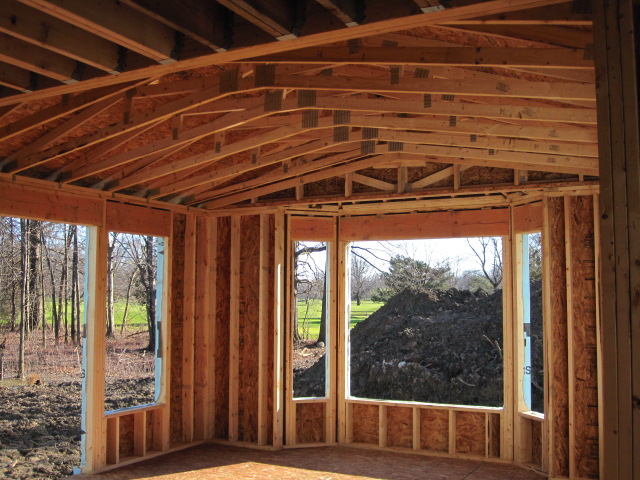The Most Common Cause for Structural Failure in Homes
0 Comments | Posted by armchairbuilder in Owner-Builder

July 14, 2021
It’s so important that we perform quality inspections throughout the build process to avoid structural failure in homes. Unfortunately, the leading cause of these failures lies in the ground beneath the home. Improperly filling a low lot prior to building a home is the number one cause of structural failure in homes and can be very expensive to repair. According to Walt Keaveny, risk manager for 2-10 Homebuyers Warranty, nationwide it costs an average of $50k to investigate and repair structural problems caused by fill dirt.
So how does an owner builder prevent problems with fill dirt?
In our Owner Builder Online Course, we provide video, diagrams, and written explanations of how owner builders can prevent structural problems while building their dream home. We talk about the role of the geotechnical engineer in the building process and discuss low cost methods for checking the subsurface soil on a potential building lot prior to purchase.
An Example of How to Avoid Structural Failure in Homes Due to Fill Dirt
So throughout the owner builder online course, we follow along as a home is being built from the initial planning phase all the way through to the completion of construction. For the sample home being built in the course, we had purchased a building lot the previously had a home on it. That’s right, the previous owners tore down the old house. The big question we had as professional builders was, “Did the previous owner properly fill the hole that was left after removing the foundation from the old home?”
One way to go about answering this question is to ask the seller. But can you really believe what the seller has to say? After all, they will be long gone by the time the new home is built. Another option for finding out if the fill used in the foundation location was good would be to ask the local building department. Unfortunately, these folks may not be able to tell you, “Sure, you are all good to go.” Why? Because they don’t want to be liable if something goes wrong with the home in the future.
So in order to avoid having to rely on other people to answer this very important question, we decided to build the new home with an extra deep basement. So by putting a nine foot tall foundation wall in the ground, we knew our excavation would be deeper than the old foundation and would reach virgin ground. This would allow our new home footings to avoid any potential improper fill. But you may not have this luxury with your particular project. So to find out more ways to avoid structural failure in homes, be sure to check out our owner builder online course.

